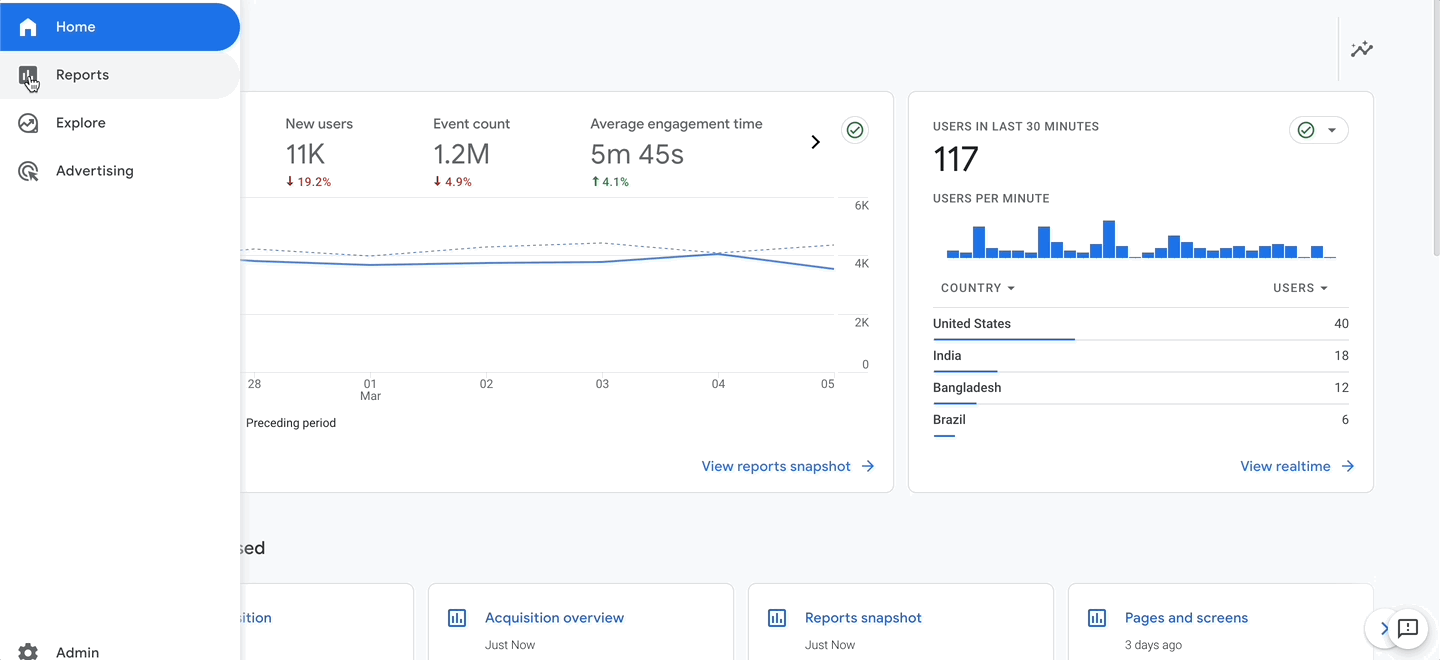Deciphering the Significance of Additional Dimension in Google Analytics: Everything About Its Relevance and Influence
In the world of digital analytics, the usage of second dimensions within Google Analytics works as an essential device for critical much deeper layers of information insights. The importance of second measurements depends on their capability to give a nuanced view of individual behavior and interaction with a web site or system. By dissecting information past surface-level metrics, companies can open a wealth of information that shapes tactical decisions and refines advertising efforts. This expedition right into the world of additional dimensions not only offers an extensive understanding of individual involvement but additionally drops light on the elaborate characteristics that drive online efficiency.
Understanding Additional Measurements in Google Analytics
The understanding of secondary measurements in Google Analytics is important for acquiring much deeper insights right into individual behavior and web site efficiency. While main measurements give essential data factors such as traffic resources and web page sights, second measurements enable an extra nuanced evaluation by supplying additional context to these key metrics. By including second measurements, customers can sector and filter their information to discover patterns and patterns that might not be immediately apparent.

Revealing the Perks of Secondary Measurements
Structure upon the foundational understanding of additional measurements in Google Analytics, discovering the advantages they supply discloses vital understandings for enhancing information analysis and decision-making. By incorporating second dimensions, customers can dive much deeper into their information, acquiring a more detailed view of customer habits, content efficiency, and various other key metrics.
Furthermore, secondary measurements offer context to key information, offering additional layers of details that can assist in comprehending user communications and preferences. This enhanced understanding can assist strategic decision-making, resulting in more targeted advertising campaigns, web site optimizations, and general improved efficiency. Fundamentally, secondary measurements work as a powerful tool for opening deeper insights and making best use of the energy of Google Analytics for companies and website owners.
Leveraging Second Measurements for Enhanced Insights
By harnessing the power of second dimensions in Google Analytics, services can reveal deeper insights that drive informed tactical and decision-making optimization initiatives. Leveraging second dimensions permits organizations to delve past surface-level information and get a much more thorough understanding of customer behavior, audience demographics, website traffic sources, and internet site efficiency. By incorporating primary dimensions like traffic sources with additional dimensions such as geographical location or device group, services can recognize which areas or tools are driving the most useful website traffic to their site.
Moreover, additional measurements enable businesses to section and assess information better, aiding them recognize patterns, patterns, and opportunities that may have otherwise gone undetected. By making use of secondary dimensions, companies can tailor this content their marketing approaches, content, and user experience to far better fulfill the demands and choices of their target audience. Essentially, leveraging second measurements in Google Analytics encourages organizations to make data-driven choices that cause enhanced performance, raised ROI, and sustainable development.

Effect of Additional Dimensions on Information Evaluation
Enhancing data analysis via the usage of second measurements in Google Analytics provides services with a much deeper understanding of their online performance metrics. By incorporating second measurements, such as time of day, geographic location, or device group, companies can uncover important insights that might have been forgotten with main dimensions alone. This improved level of granularity enables for even more exact division of data, enabling businesses to recognize patterns, patterns, and correlations that can drive strategic decision-making.

Maximizing Prospective: Secondary Dimensions Techniques
The strategic utilization of secondary measurements in Google Analytics prolongs beyond enhancing information evaluation; it involves crafting targeted strategies to open the full potential of useful insights for organization growth. By using second dimensions successfully, organizations can dive deeper into their internet site web traffic, customer habits, and advertising projects to extract actionable understandings. One essential strategy is to integrate secondary dimensions with main dimensions to gain an extensive sight of individual communications. Combining the primary measurement of 'source/medium' with secondary dimensions like 'landing web page' or 'device classification' can expose which channels are driving website traffic to certain web pages or exactly how customer habits differs across tools.
In addition, making blog here use of second measurements to sector information based upon individual demographics, behavior, or innovation can assist organizations tailor their advertising initiatives to certain audience sectors. This targeted technique can bring about boosted conversion rates, boosted customer experiences, and eventually, increased ROI. By optimizing the possibility of additional measurements in Google Analytics, services can make educated choices, maximize their on the internet visibility, and drive sustainable development.
Conclusion
In final thought, second measurements in Google Analytics play a crucial function in offering much deeper insights and boosting data evaluation. Incorporating second dimensions into data analysis techniques can lead to more educated decision-making and enhanced overall performance.
While key measurements give essential information points such as web traffic resources and web page views, additional dimensions allow for a much more nuanced analysis by offering extra context to these primary metrics. By incorporating main dimensions click reference like website traffic resources with second measurements such as geographic place or tool category, services can identify which regions or gadgets are driving the most valuable traffic to their site.
By including secondary measurements, such as time of day, geographic location, or device classification, businesses can uncover useful understandings that might have been ignored with primary measurements alone. One key approach is to combine additional measurements with primary measurements to get a thorough sight of individual communications. Pairing the key dimension of 'source/medium' with additional measurements like 'touchdown page' or 'tool group' can reveal which networks are driving web traffic to certain pages or how customer habits differs across devices.